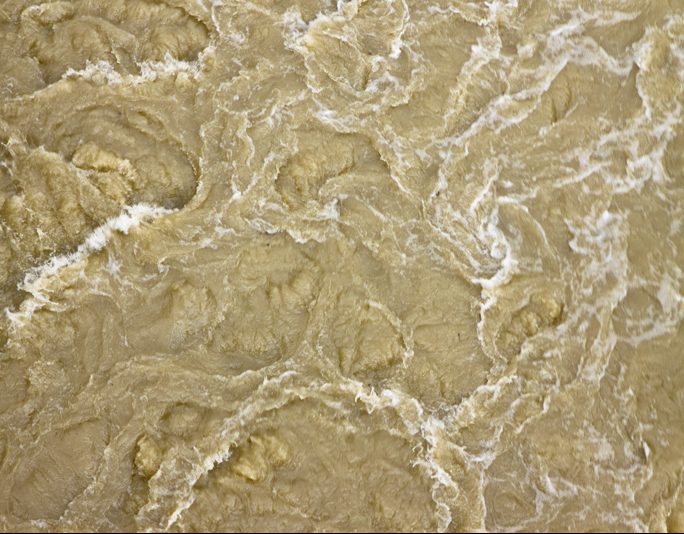Wastewater Nitrification Filter Systems
AST’s line of bead filters provide an excellent format for the aerobic nitrification process.
This process results in the conversion of ammonia to nitrite by groups of AOBs (Ammonia Oxidizing Bacteria) and of nitrite to nitrate by groups of NOBs (Nitrite Oxidizing Bacteria). Volumetric conversion rates (g-N converted/m3-day) high often exceeding 1,000 g-N/m3-day for higher effluent targets (>2mg-N/L). Below 2 mg-N/L conversion rates are proportional to the ammonia concentration. As with all biological processes, the effective nitrification is dependent on management.

With over 20 years of experience, we’ve installed our specialized wastewater treatment systems in a wide variety of settings and applications. Groundwater remediation, industrial wastewater, domestic wastewater, agricultural wastewater, and more – no matter the application we can help you eliminate wastewater fines and surcharges.
Biofilm Management with Backwash Frequency
The biofilm can be managed by frequent backwashing to shed heterotrophic bacteria exposing the nitrifier rich layers near the bead surface. Typically ammonia rich waters will contain dissolved particulates that stimulate the growth of fast-growing heterotrophic bacteria. The nitrifiers tend to dominate the biofilm layer nearest the bead surface and the heterotrophic bacteria tend to grow over the top. As the filter is exposed to more organics either through a short exposure of high organic concentration or an extended exposure to a moderate organic concentration, the heterotrophic bacteria will tend to cover the nitrifiers forming a barrier slowing oxygen penetration. At this point, the unit must be backwashed scouring off the heterotrophic overgrowth. Backwash frequencies for propeller-washed filters are limited by the severe damage a high speed propeller can inflict on a biofilm. Peak nitrification conversion for a nitrifying PolyGeyser can be as little as every 2-3 hours.
Flow Rates and Dissolved Oxygen
Nitrifiers are strict aerobes, they cannot function without oxygen. A nitrifying bead bed consumes oxygen very rapidly, theoretically, 4.3 milligrams of oxygen for each milligram of ammonia oxidized. It is not uncommon to observe a bead bed removing all the dissolved oxygen in the wastewater in the 20 seconds it takes for the water to pass through it. Flow rates through a bead filter operated for nitrification must be high enough to provide mass transport of oxygen to the submerged bed. Flow rates in the range of 5-10 gpm/ft3 are usually required for high rate nitrification. Source water is assumed to have 5-6 mg-O2/L.
Effects of Water pH and Alkalinity
The nitrification rate is influenced by the pH and alkalinity. Optimum nitrification is associated with pH values near 8. The process is slowed when the pH drops below 7.0 a condition typically associated with an alkalinity below 100 mg-CaCO3/L. Nitrification continues but is clearly impaired whenever the pH drops below 6.5 (typically alkalinity < 50 mg-CaCO3/L). Although some adaption of biofilms can be expected for biofilms continually exposed to low pH or alkalinity conditions, nitrifying filters should be managed to keep the pH above 7 with alkalinities above 100 mg-CaCO3/L.
Let's Discuss Your Project
From a simple filter to a complete custom system, our engineers can help you find the perfect filtration system for your needs. Get in touch today!